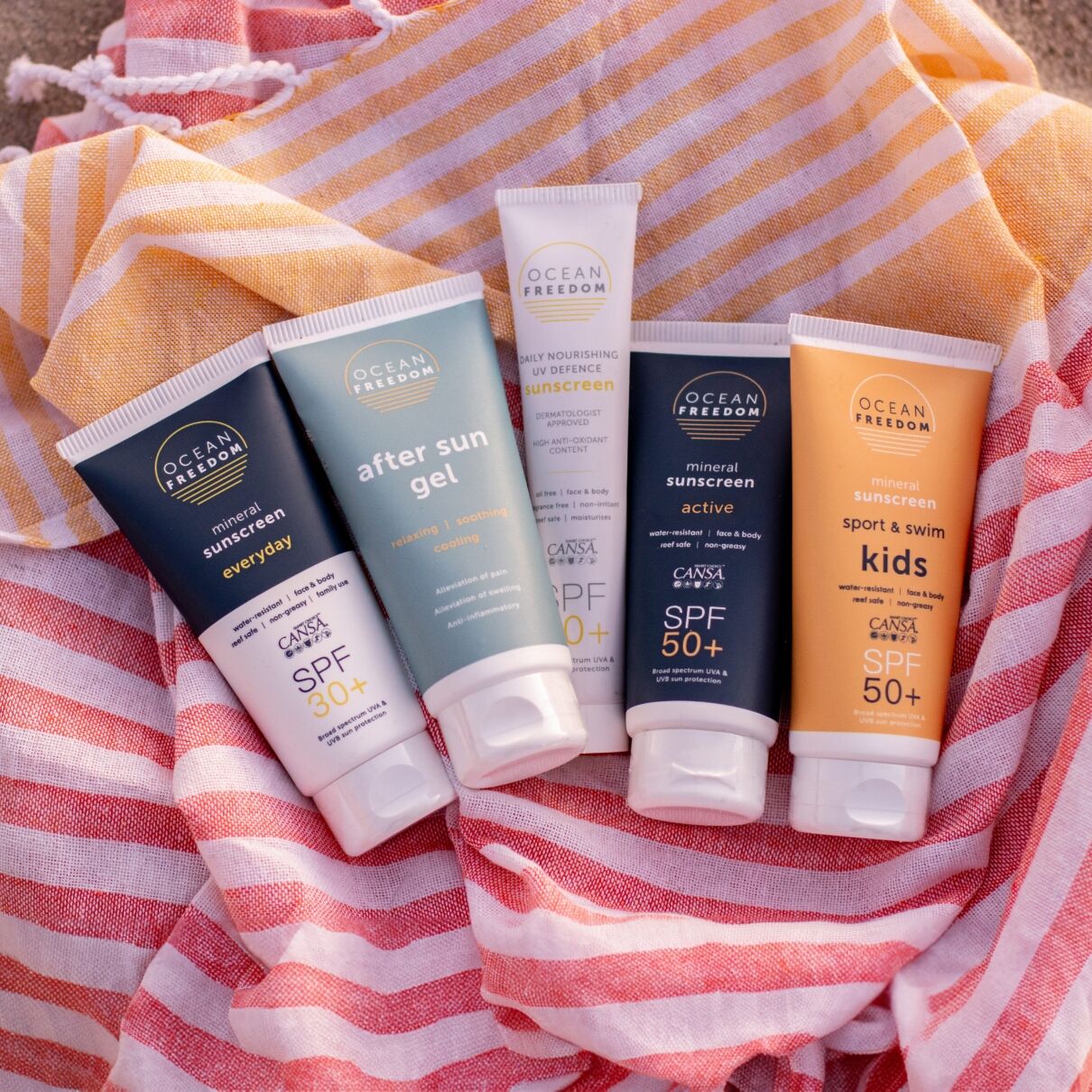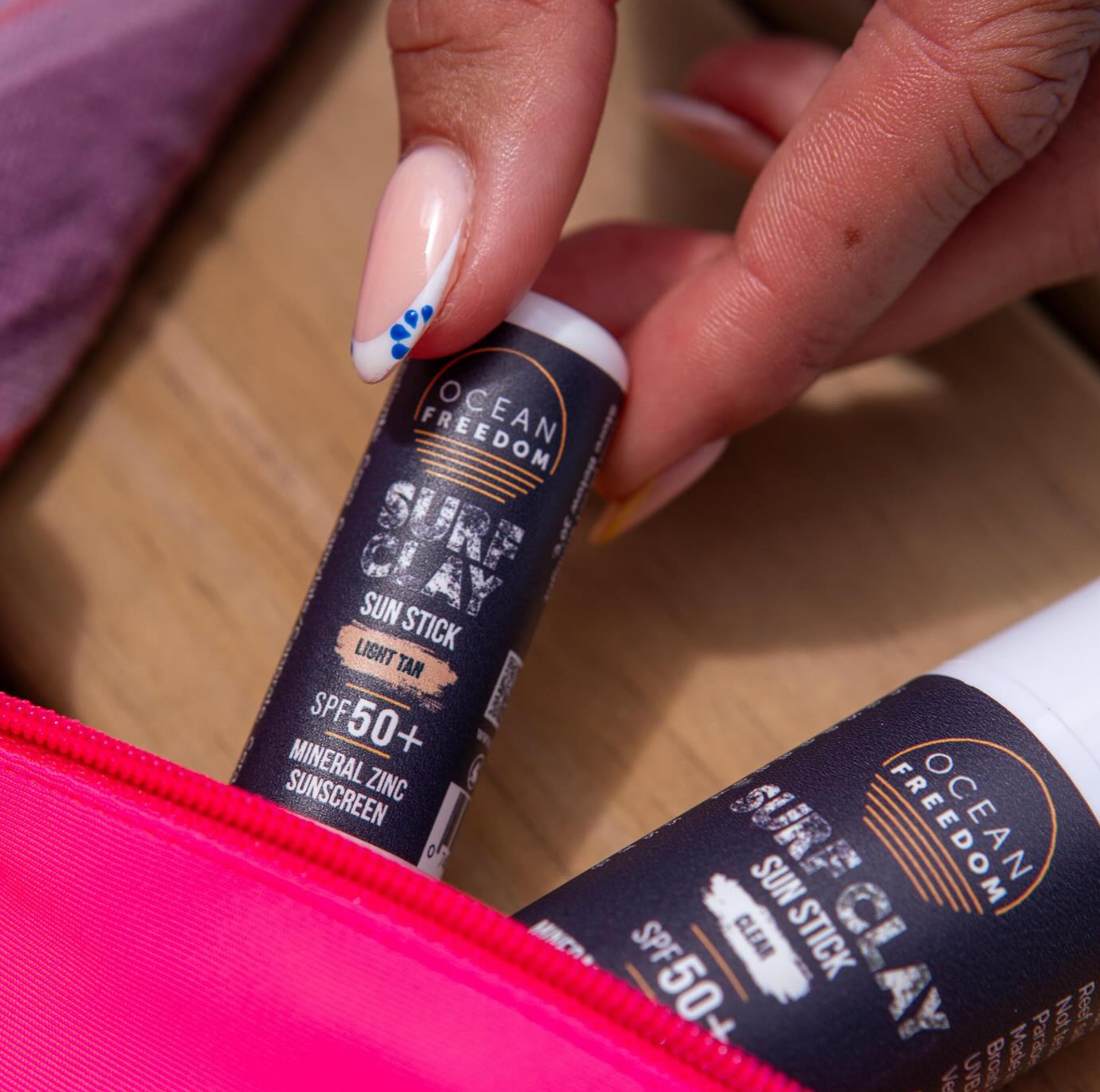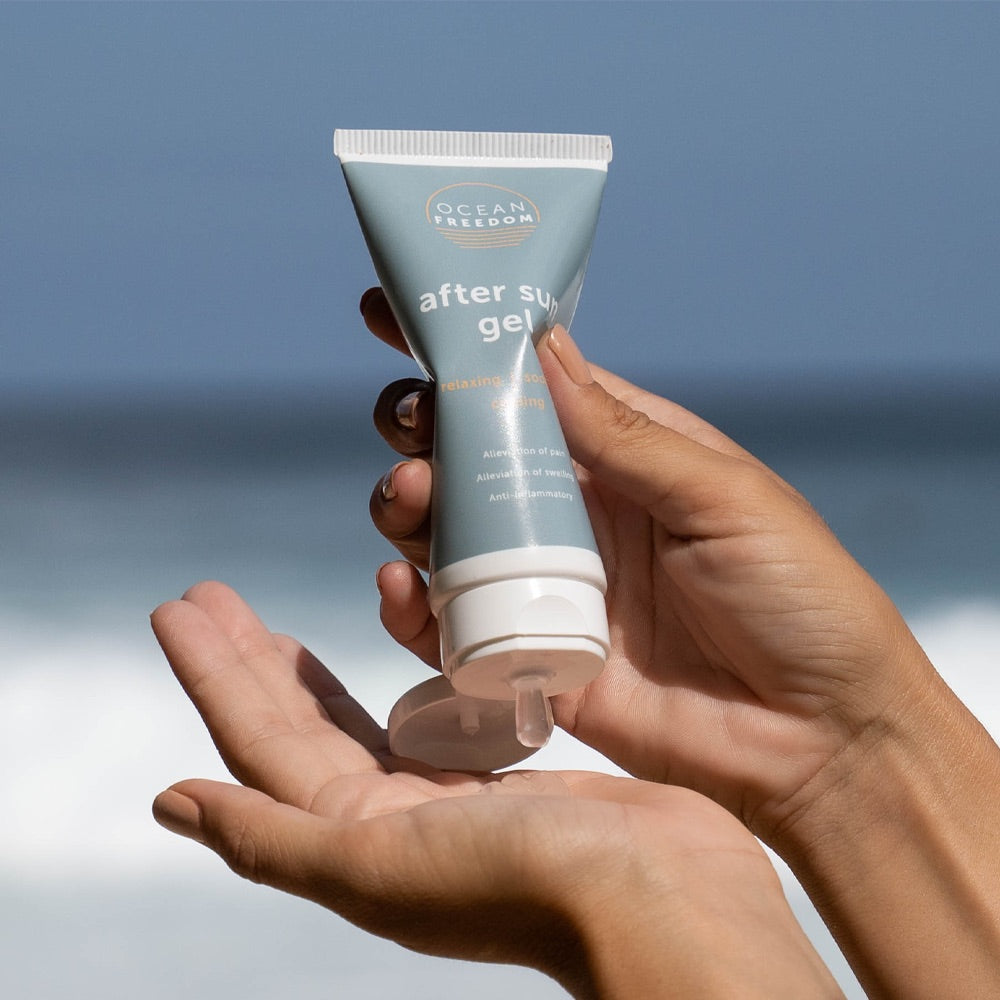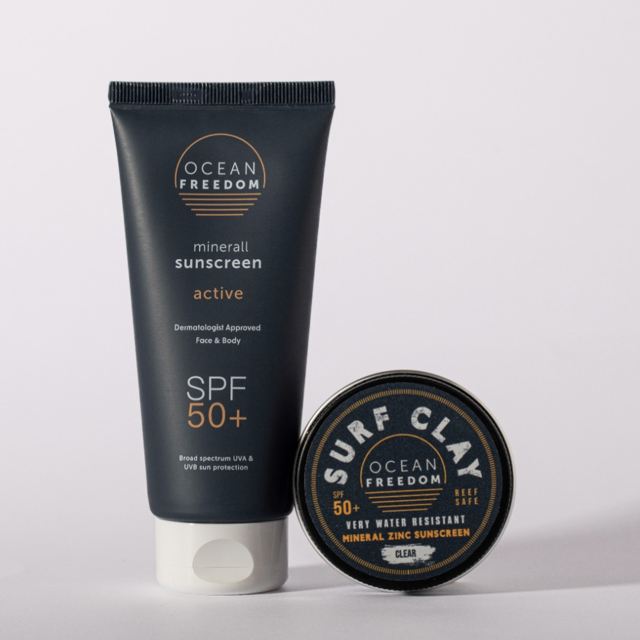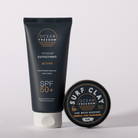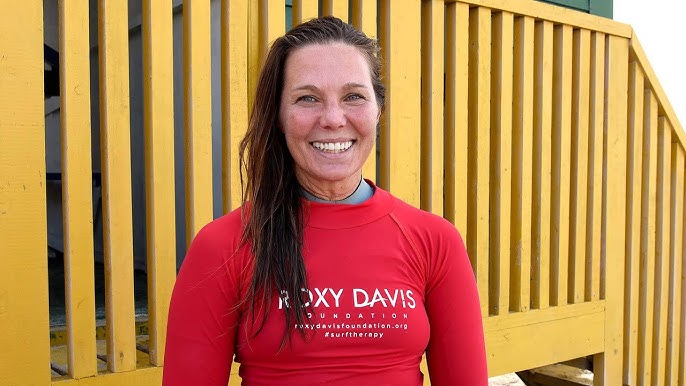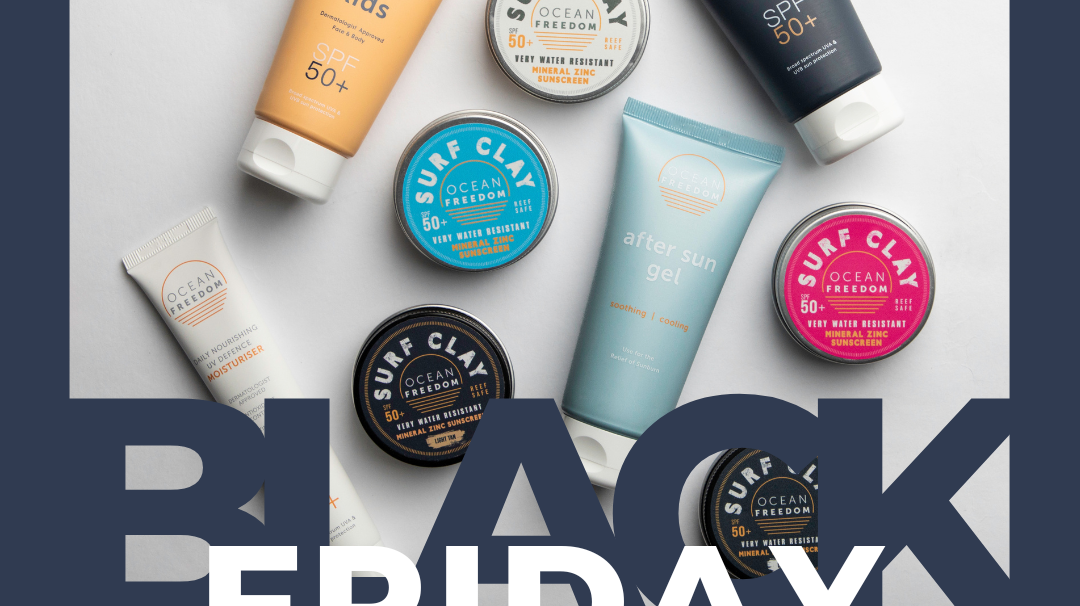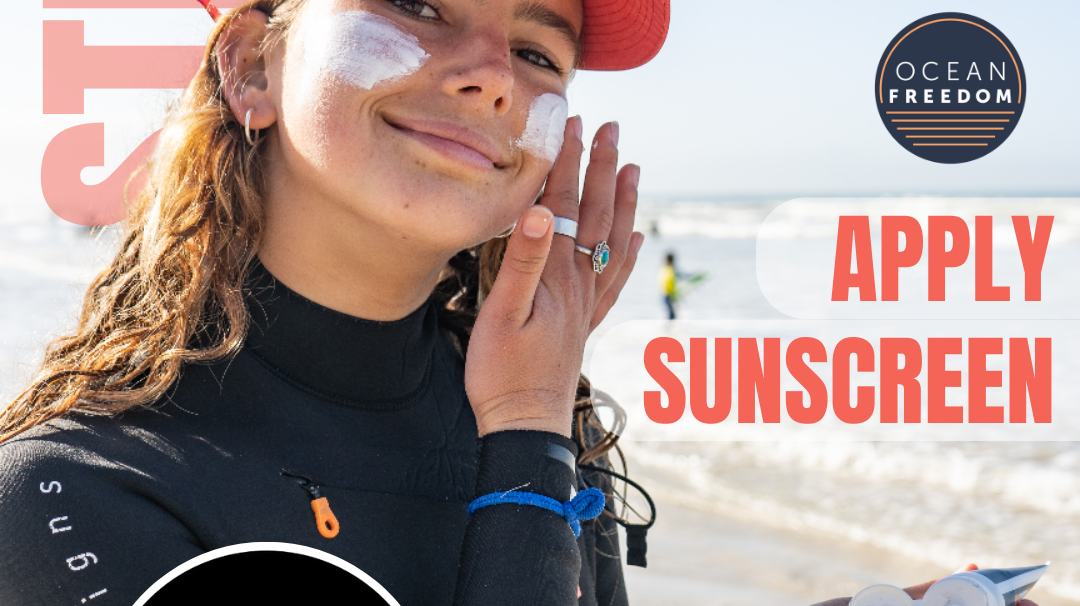Mineral Sunscreen Skincare Daily Essentials Deal
DESCRIPTION
SAVE on a Mineral Sunscreen Skincare Daily Essentials combination of Ocean Freedoms Active Mineral SPF50+ lotion sunscreen and Surf Clay SPF50+ Very Water Resistant Sunscreen.
Mineral sunscreens, often referred to as physical sunscreens, are beneficial for several reasons:
1. Broad Spectrum Protection:
They protect against both UVA and UVB rays, providing comprehensive sun protection.
2. Gentler on Skin:
Mineral sunscreens typically contain zinc oxide or titanium dioxide, which are less likely to cause skin irritation or allergic reactions compared to chemical sunscreens.
3. Immediate Protection:
They start working as soon as they are applied, unlike chemical sunscreens that need time to absorb into the skin.
4. Less Likely to Cause Breakouts:
Mineral sunscreens sit on the skin's surface and are less pore-clogging, making them suitable for sensitive or acne-prone skin.
5. Environmentally Friendly:
Ocean Freedom mineral sunscreen is reef-safe and less harmful to marine ecosystems compared to some chemical sunscreen ingredients.
To view each product individually or for more information click here:
https://oceanfreedom.com/product/active-mineral-spf-50-sunscreen/
https://oceanfreedom.com/product/surf-clay-clear-mineral-sunscreen/
Benefits of our sunscreen

Broad Spectrum UVA & UVB
UVA rays can lead to premature aging and skin damage, while UVB rays cause sunburn.

Water-Resistant
Water-resistant means this sunscreen maintains its effectiveness after exposure to water, sweat, or moisture for up to 40 minutes.

Reef-Safe
It helps safeguard coral reefs and marine ecosystems by avoiding harmful chemicals found in traditional sunscreens.

Dermatologist approved
Dermatologist approval ensures that the product has been tested and deemed safe for use on the skin.
Why Ocean Freedom?
Ocean Freedom
Others
CANSA Approved
Mineral based
Reef safe
Dermatologist approved
Water resistant
Paraben & Sulphate free
Empowering Lives Through the Roxy Davis Foundation
Discover how the Roxy Davis Foundation brings hope and healing through surf therapy, supporting individuals and communities in need.
NEWS & INSIGHTS
5 Reasons Parents Are Obsessed With This Sunscreen
Black Friday with Ocean Freedom and Free Delivery!
With the convenience of free delivery, you can shop from the comfort of your own home with free delivery
SUN-SMART SUMMER: 10 HABITS FOR PROTECTING YOUR SKIN AND STAYING OCEAN READY
South Africa is blessed with long summer days, endless beaches, and sunshine that
invites us outdoors. But it also comes with a warning.

